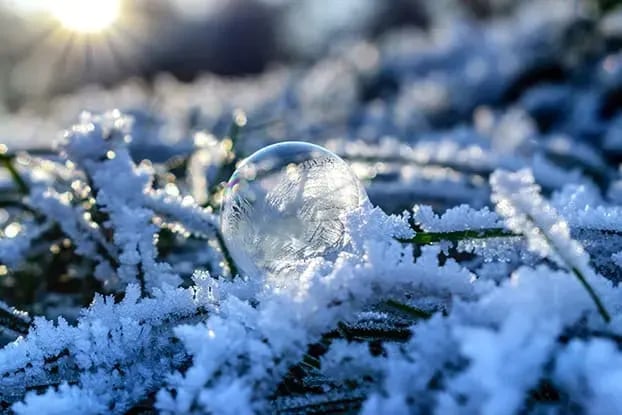Creating a warm and secure environment during the chilly winter months is not just about comfort; it's a critical aspect of home maintenance that can prevent costly damage and create a safe, welcoming space for you and your family. As temperatures plummet, homes face various challenges, from freezing pipes to inefficient heating, which can compromise both the safety and the warmth of your living space. This comprehensive guide aims to arm homeowners with the knowledge and strategies needed to navigate the winter months successfully. Cold weather presents a unique set of risks to homes. Pipes can freeze and burst, leading to significant water damage. Inadequate insulation can result in heat loss, making your home less comfortable and driving up energy costs. Ice dams can form on roofs, causing water to back up and potentially seep into your home, damaging walls, ceilings, and insulation. Additionally, poorly maintained heating systems can fail when you need them most or, worse, pose serious safety hazards.
1. Insulate to Protect
Proper insulation is your home's first line of defense against cold temperatures. Check your attic, walls, and floors for adequate insulation. This not only keeps your home warm but also reduces heating costs. Insulating pipes, especially those in unheated areas like basements or garages, can prevent them from freezing and bursting, avoiding costly repairs.
2. Seal the Leaks
Drafts can significantly cool your home, making your heating system work harder and increasing your energy bills. Use weather stripping around doors and windows to seal leaks. Caulk any gaps or cracks in your home's exterior to keep the cold air out and the warm air in.
3. Heating System Maintenance
Before the cold season hits, have your heating system checked and serviced by a professional. This ensures it's in good working order, preventing mid-winter breakdowns. Replace filters regularly to maintain efficiency and improve indoor air quality.
4. Roof and Gutter Check
Snow and ice accumulation on the roof can cause significant damage. Ensure your roof is in good condition, and replace any missing or damaged shingles. Clean gutters and downspouts to prevent ice dams, which can cause water to seep into your home.
5. Prevent Ice Dams
In addition to clean gutters, ensure your attic is well ventilated and insulated. This prevents heat from escaping through the roof, which melts snow unevenly and contributes to ice dam formation.
6. Protect Outdoor Plumbing
Drain and shut off outdoor faucets and sprinkler systems to prevent freezing. Detach hoses and store them indoors. Cover outdoor faucets with insulating foam covers for added protection.
7. Emergency Kit and Plan
Prepare for power outages and extreme cold by assembling an emergency kit. Include essentials like water, non-perishable food, flashlights, batteries, blankets, and a first-aid kit. Familiarize your family with a cold-weather plan, including how to stay warm and where to meet in case of a power outage.
8. Fireplace and Chimney Safety
If you have a fireplace, ensure the chimney is cleaned and inspected annually to prevent chimney fires and carbon monoxide poisoning. Use a screen to prevent sparks from escaping and always extinguish the fire before going to bed.
9. Smart Home Technology
Invest in smart home devices like thermostats, which can save on heating costs by automatically adjusting the temperature. Leak sensors can also provide an early warning of freezing pipes, allowing you to take action before they burst.
10. Check Insurance Coverage
Review your homeowner's insurance policy to ensure it covers winter-related damages. Understanding your coverage can provide peace of mind and assist in a quicker recovery process if damage occurs.
By taking these steps to protect your home during cold weather, you can enjoy a warm, safe, and secure environment all winter long. Regular maintenance and preparation can prevent costly repairs and ensure your home remains a cozy retreat, no matter how cold it gets outside.
Beyond the practical steps to protect your home, creating a cozy, safe haven during the winter months has psychological benefits. A warm and secure home can be a source of comfort and peace during the dark, cold months. It's a place for families to gather, share warm meals, and make memories. Thus, the effort you put into preparing your home for winter not only safeguards your investment but also contributes to the well-being of your family.
In conclusion, preparing your home for cold weather is an integral part of homeownership. By taking proactive steps to maintain and protect your home, you can ensure it remains a cozy, safe haven for your family, no matter how harsh the winter conditions become
